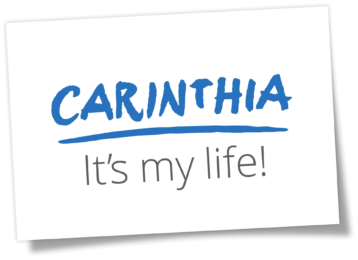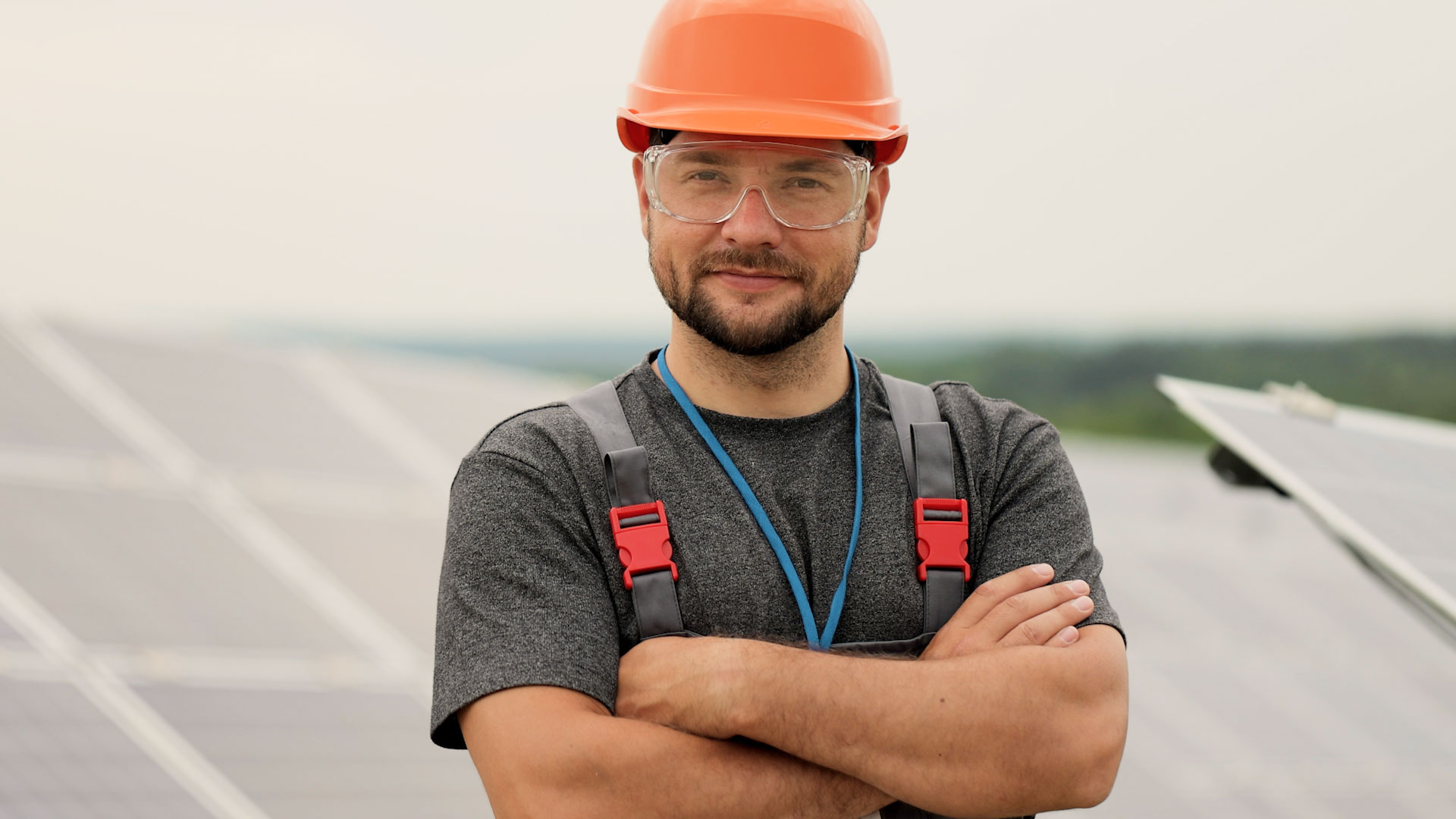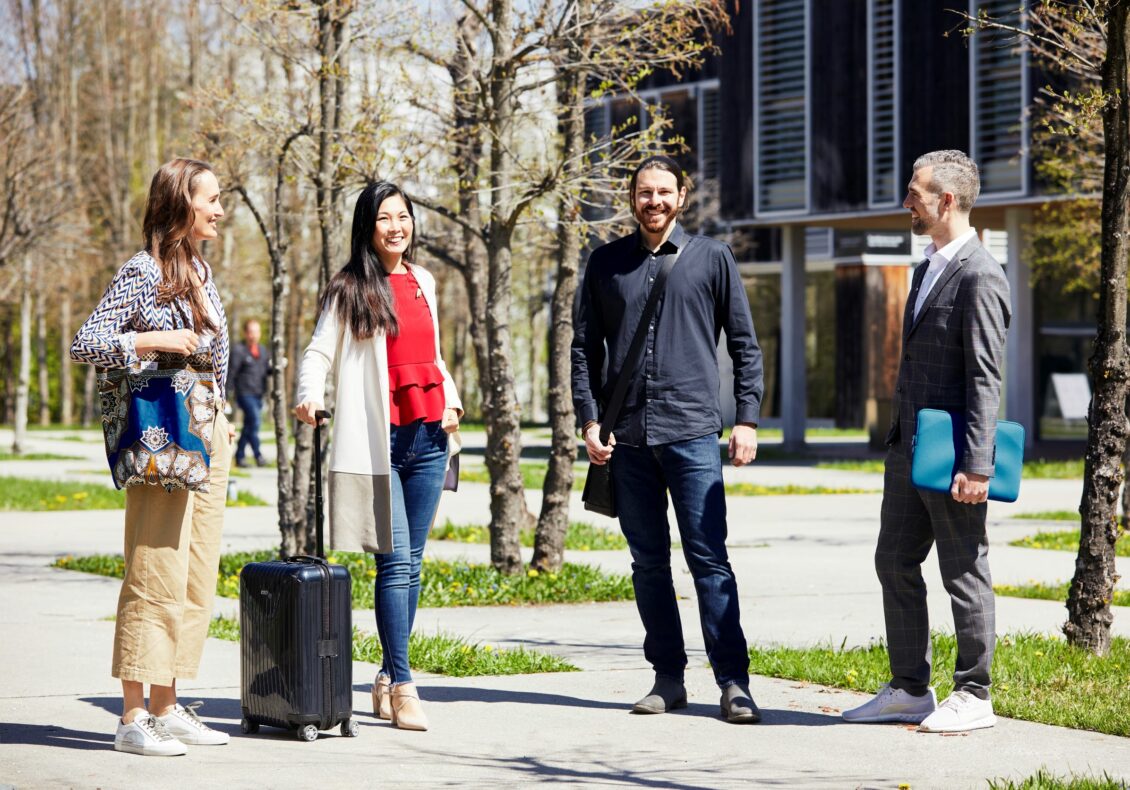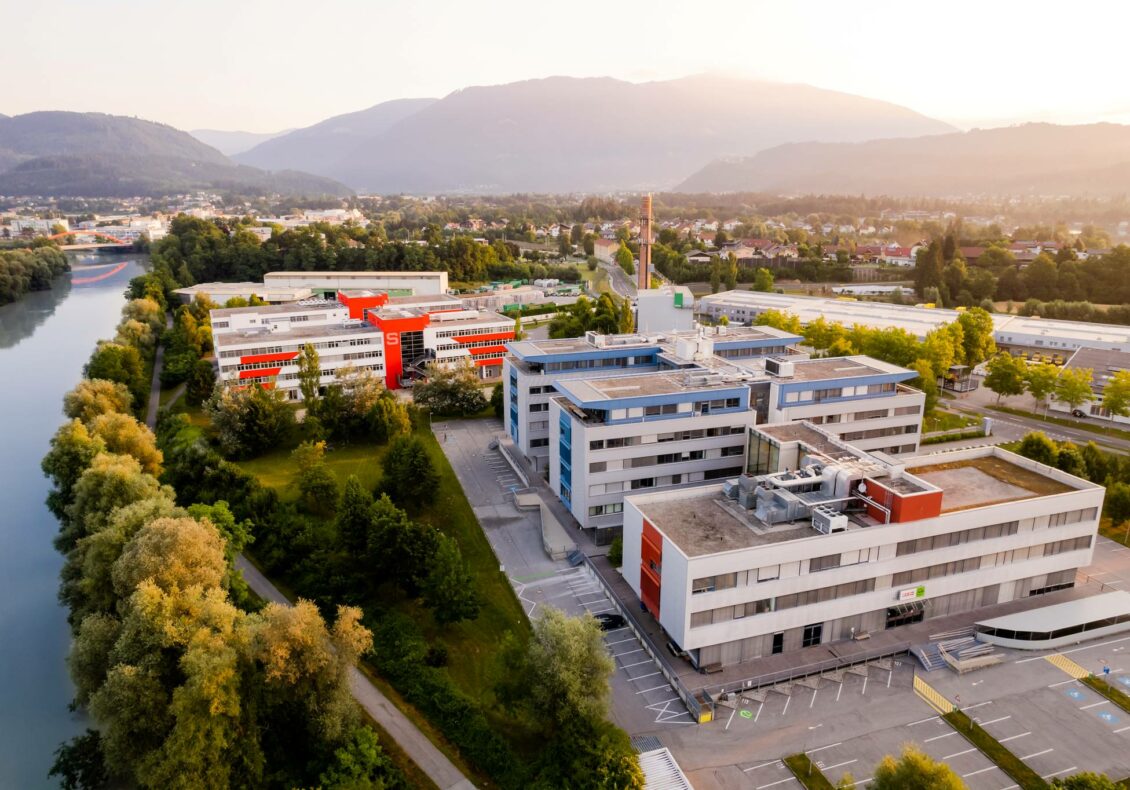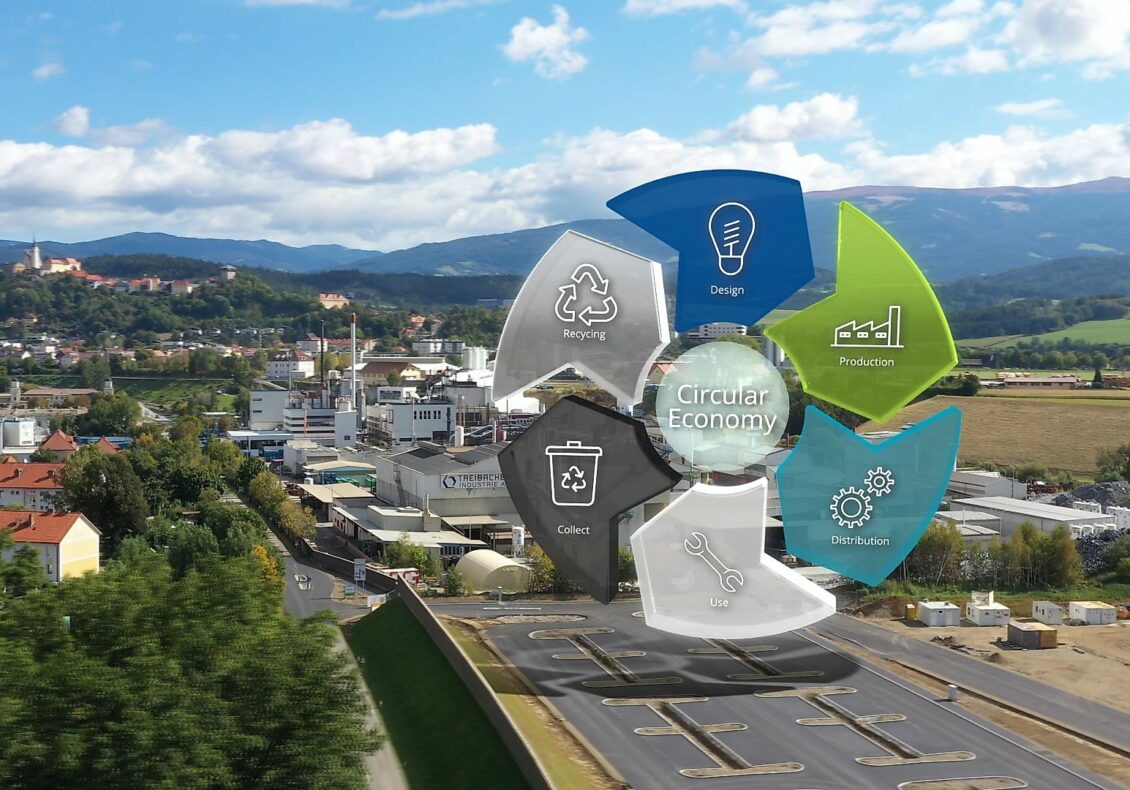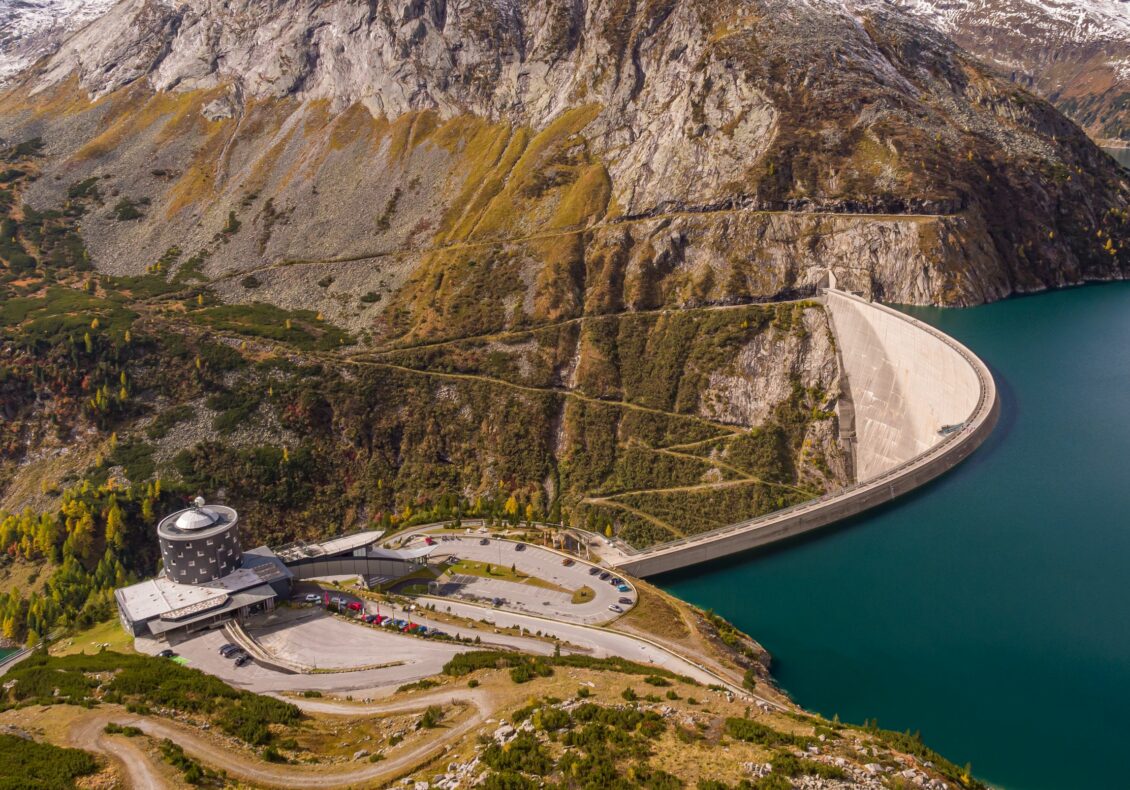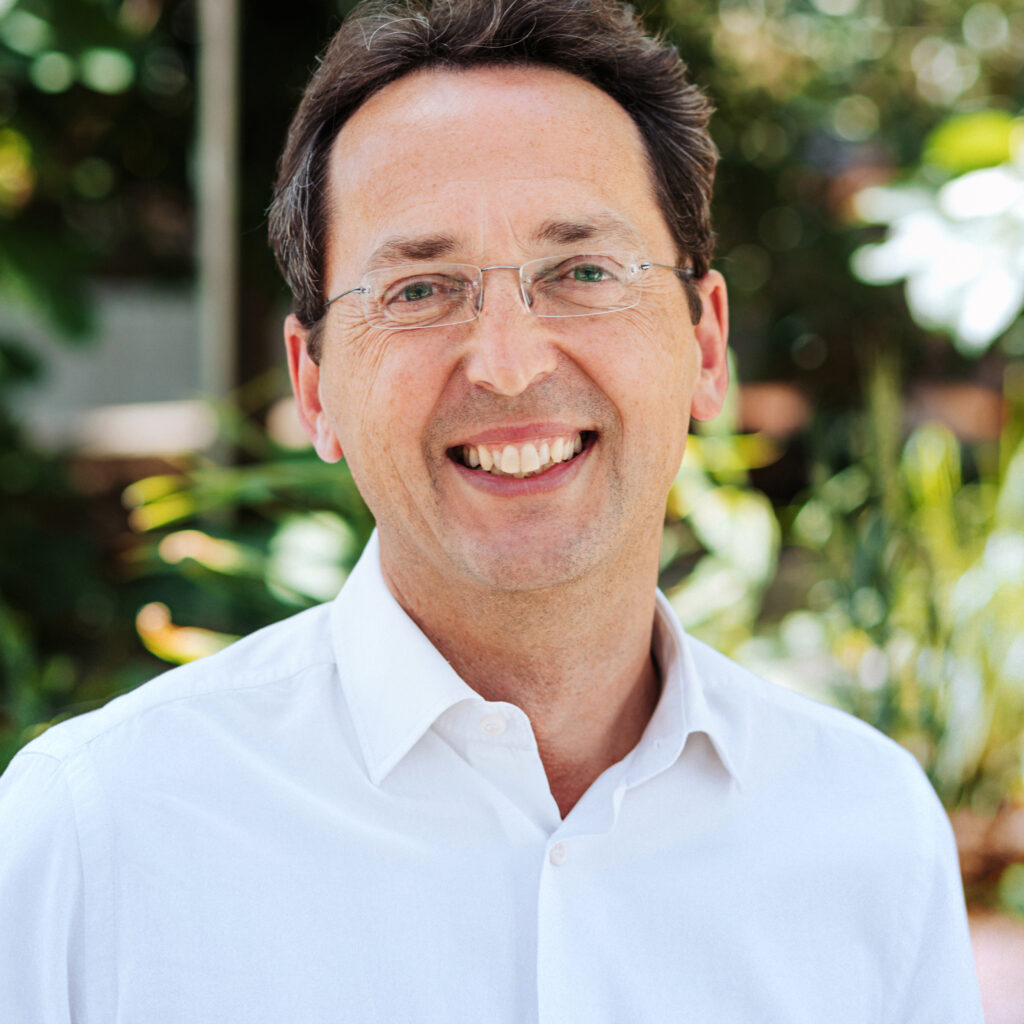Carinthia.com: Mr Puttinger, everyone knows Silicon Valley. But not everyone has heard of the Green Tech Valley in southeast Austria. What is the Green Valley and what makes the Cluster so special?
Puttinger: The Green Tech Valley covering Styria and Carinthia is a leading global technology hotspot for solutions for climate protection and the circular economy. More than ten years ago, an American venture capitalist came to southeast Austria and observed that a multitude of technology leaders, numerous research institutes and an enormous number of competence centres from the green tech sector are concentrated here. Today, 260 companies and research institutes work together in the valley on the green solutions of the future. The focus is on cooperation and exchange between companies that are creating innovations in the field of environmental technology.
Carinthia.com: Why in Carinthia and how unique is Carinthia in the Green Economy sector?
Puttinger: Over a century ago, Viktor Kaplan, an inventor from the Green Tech Valley invented the modern hydro-electric power turbine. Now, one in five kilowatt hours of green power worldwide is generated with technologies from southeast Austria. Today, we are continuing this pioneering work here in the fields of solar thermal energy, photovoltaics and recycling. Measured in terms of Carinthia’s economic strength, there is a strong concentration in the green tech sector, which offers the business location an excellent starting position in the transition to a green economy. The concentration of green-tech leaders and a strong culture of cooperation has also arguably contributed to the cluster companies’ growth, which in the last ten years has outstripped global markets by approximately 50%.
Carinthia.com: Where does the Green Tech Cluster support the cooperation partners?
Puttinger: There is a strong focus on jointly promoting green innovations. The Cluster supports companies as they act on new trends and with developing ideas into products and services and then bringing them to market. We match suitable partners from industry and research and put them in touch with one another. We also promote the growth of green start-ups. Our services include trend radars and funding maps as well as various networking events to encourage informal contact between CEOs, R&D and green founders.
Carinthia.com: Carinthia’s economy has a strong cluster culture and has been engaged in smart specialization for years. Now, though, as a result of the green transition, the green economy is emerging as a key pillar of the business location. How can these two areas complement each other?
Puttinger: These two fields go together very well as we can already see on the ground in Carinthia. New opportunities are being opened up on local and international markets, especially at the interface of digital and green. An excellent example of this is the recycling industry in Carinthia. The aim here is to constantly improve the quality of the recyclate obtained from waste materials. This is only possible with digital solutions. The combination of digital and green is definitely a big advantage in Carinthia’s favour as a location of the future.
Carinthia.com: How do you see the future of the Green Tech Cluster?
Puttinger: We want to continue growing, win new companies for our idea and above all, continue our development in the field of research infrastructure.
